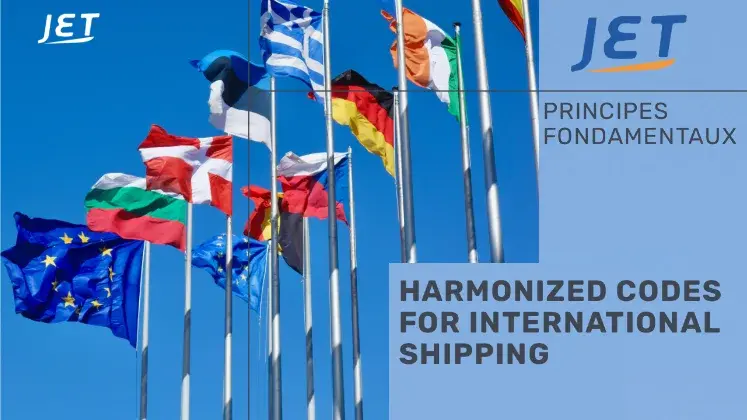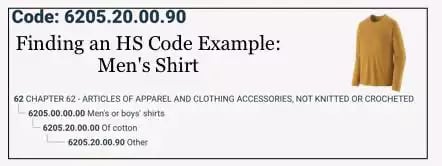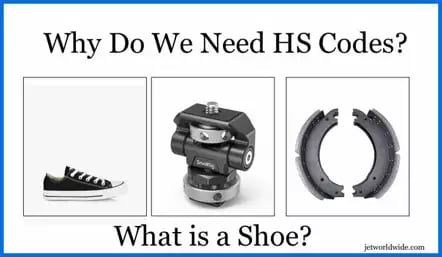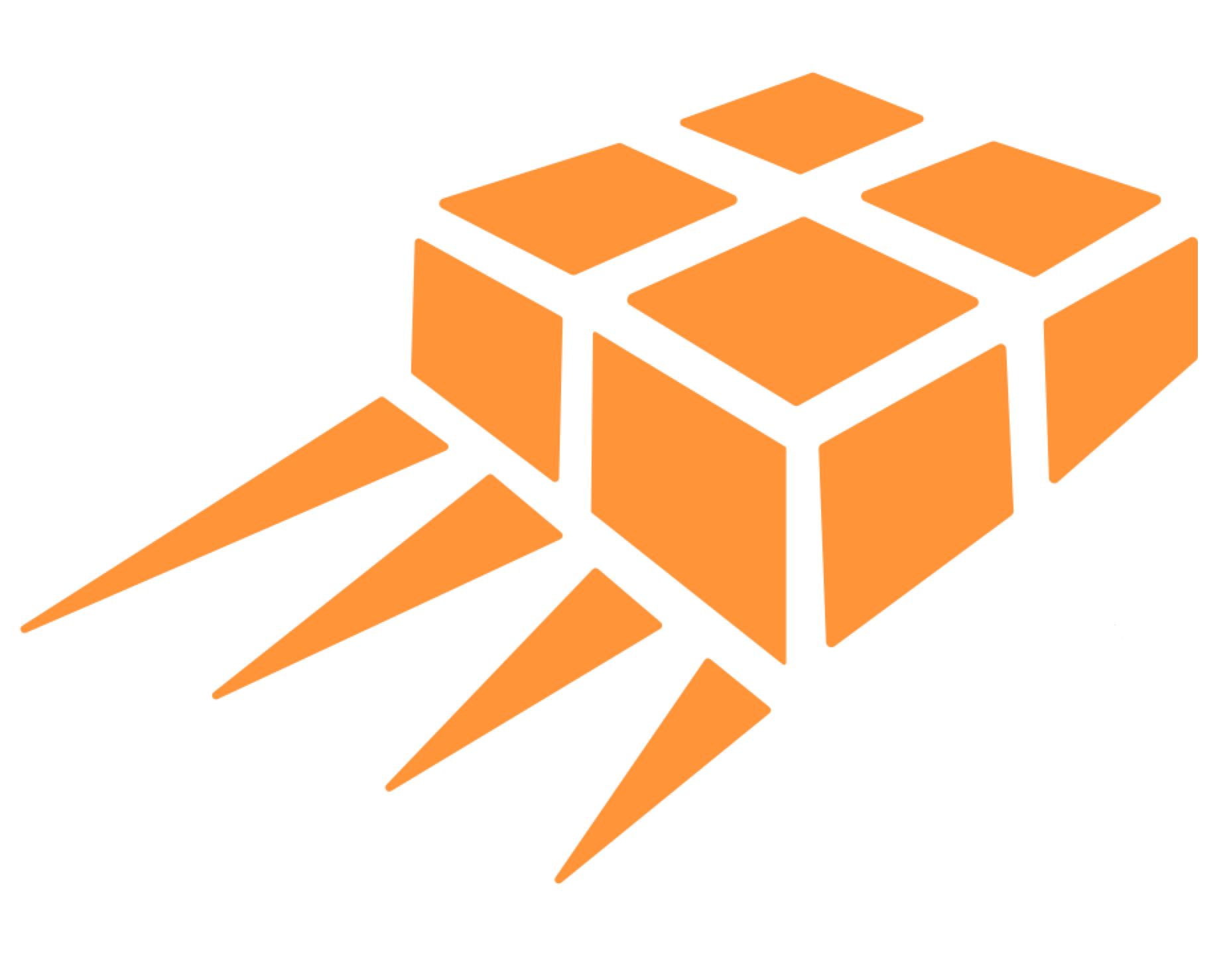
Harmonized Codes for International Shipping
Harmonized codes when shipping international can be both simple and incredible complex. The challenge for parcels is how to assign individual H.S. codes for thousands of parcels being imported daily.
The concept of the Harmonized System is easily explained: The Harmonized system is an internationally accepted method to describe a commodity being exported and imported. The system is maintained by the World Customs Organization (WTO) and serves to translate descriptions of items, that are often obscured by language and industry nomenclature, into a universally accepted numerical value. The
The system used by worldwide customs authorities to classify goods, the Harmonized System (HS), will be updated in 2022. The HS serves as a way for customs to translate product descriptions into commonly agreed nomenclature. The classifications are then used to determine tariffs, admissibility, quotas (if applicable), and trade statistics.
See section below on 2022 Updates for HS Codes.
 Grow your understanding of cross border shipping from a company providing logistics solutions for over 40 years!
Grow your understanding of cross border shipping from a company providing logistics solutions for over 40 years!
Strengthening your transportation team - even if you are a team of one! Gain from a discussion with our seasoned professionals. Contact our team for an initial consultation.
View Video: Review of Tariff Classification

Disclaimer: The information in Jet Worldwide online content, including this post, is for general information only.
For example: A toothbrush is translated into the numerical code of 9603.20; A DVD equals 8523.40.
The first 6 digits of the harmonized code is the internationally accepted standard. The following 2 to 6 digits are reserved for use by a specific country. The Harmonized System generally classifies goods based on their level of processing, with raw materials appearing early in the early chapters and highly processed goods in the later chapters. Agricultural products are generally provided for in chapters 1-24, with a few products such as wood, wool and cotton appearing in later chapters.
Importers and exporters are most often legally required to declare their products to Customs by means of HS codes. HS classification determines a product's rate of duty, its import and export admissibility, and whether or not it should be physically examined. In some countries, importers are required to report HS codes to Customs before their products are loaded for export. In the United States, this mandatory advanced cargo reporting program is called "ISF", or "10+2".
The International Convention on the Harmonized Commodity Description and Coding System (HS Convention) entered into force in 1988 with major updates around every 5 years. The next major update from the World Customs Organization (WCO) of the six digit level nomenclature is scheduled for January 1, 2022.
HS Codes for International E-commerce Orders
E-commerce sellers have a unique challenge of having to consider how to apply HSCodes across their entire inventory and thousands of SKU's. Jet Worldwide works with sellers to develop solutions for how and when to apply HS Codes.
Resources for finding the correct HS Code
- Custom's websites
- Licensed customs brokers
- Carrier's websites and shipping systems
- Independent on-line resources
Even with the many resources provided on line - including those from the carriers, finding the correct code can prove frustrating. For example: An electric toothbrush = "Electro-mechanical domestic appliances, with self-contained electric motor, other than vacuum cleaners of heading 85.08. Other."

HS Codes for Online Orders to the USA
It is possible to send most e-commerce parcels to the USA without applying a Harmonized / HS Code via a section 321 Type 11 via express (ECCF) or Cargo (CFS) processes.
Shippers can also take advantage of duty free section 321 entry via a "Section 321 type 86 entry." This type of entry allows shippers to consolidate their online orders and take advantage of more traditional automated broker (ABI / ACE) systems.
Get an advance ruling from US Customs to confirm a tariff classification.
Tariff classification for imports to Canada
The Canadian tariff schedule is available online. Importers can request an advance ruling to ensure the correct tariff classification from Canadian Customs CBSA.
HS Codes for Online Orders to the UK, Europe, China and other major economies
In general, it is best for online sellers to be aware of the general H.S. Code and "low value duty free threshold" of the destination countries. It should be noted that, even if the goods are cleared duty free, they are likely still subject to a value added tax.

HS classification is difficult for two main reasons.
First, the HS itself is very complex. Product descriptions are distributed among more than 4,000 headings and subheadings. The HS also contains section and chapter notes, which must be consulted in order to assign a proper HS code. Finally, classification is governed by a strict set of rules called the "General Rules of Interpretation" (GRI). The average national tariff schedule is more than 2,000 pages.
The HS is administrated by the World Customs Organization (WCO). The WCO defines a specific six-digit codes for products and commodities. Countries are allowed to add longer codes to the first six digits for further classification.
Second, product descriptions in the HS do not usually match everyday product descriptions.
For example: While a description of "shoes" is understood by most to be footwear, "shoes" can also mean parts of machinery, brakes, precision measuring equipment, cameras.

If you wish to send an international courier shipment, most important is to include a clear, detailed description and include what the item will be used for. International couriers have developed the ability to efficiently assign HS Codes. It is best, however, to try to provide at least the first 6 digits of the HS Code.
Getting an advance ruling for an HS code
Most countries have processes that enable you to confirm the correct tariff classification. We recommend using these services whenever possible.

Get a binding ruling from US Customs CBP
Get Binding Tariff Information to Europe (BTI)
Get an Advance Ruling from CBSA

Ask HMRC for help classifying your goods
For e-commerce companies, having a corresponding HS code for all products is critical for the efficient clearance and to be able to capture the duty charges upfront before customer checkout. The biggest single obstacle to e-commerce solutions is to have the duty charges prepaid.
E-commerce companies who have predetermined the HS Code and duty charges, can easily access the United States. A qualified US Customs broker who can manage a consolidated customs entry, can efficiently pre-clear a high volume of parcels into the USA with at a very low cost per item.
The HS Coding system is an incredible feat of international cooperation to facilitate international trade. Understanding the basic concepts are critical to everyone sending or receiving international shipments - whether via international courier or mail, truck or ocean.
Updated HS codes for 2022
The system used by worldwide customs authorities to classify goods, the Harmonized System (HS), will be updated in 2022. The updates present an opportunity to better define product categories that have increased in importance either by reason of growth, technical advances, or regulatory concern.
International HS code Resources (PDF)
Products and categories subject to change include:
- Electronic waste (e-waste)
- novel tobacco nicotine (vaping) products
- unmanned aerial vehicles (UAVs)/ drones
- smartphones (gain a subheading and note)
- The category fo glass fibres (heading 70.19) and metal forming machinery (84.62) have been refigured
- Flat panel display modules will be classified as a product in their own right
- A greater focus on the classification of multi-purpose intermediate assemblies
- Classifications for tools needed for rapid diagnosis of infectious diseases has been simplified
- New subheadings for specific dangerous chemicals
- New subheadings have been introduced for the monitoring and control of fentanyl
- Attempts to clarify text to facilitate better global understanding

Get Logistics Support and Rates






